Introduction to Trailer Truck Dimensions
When discussing trailer trucks, users often ponder on various dimensions, with width being a primary concern. The width of a trailer truck is crucial in determining its operational capabilities, compliance with regulations, and suitability for a multitude of freight types. Not only does the width affect how these vehicles maneuver on roads, but it also influences their loading capacity and overall design.
What is a Trailer Truck?
A trailer truck, also known as a semi-trailer truck or articulated lorry, consists of a tractor unit and one or more semi-trailers that carry freight. The tractor unit provides the power unit for the trailer, while the semi-trailer is a load-carrying vehicle that relies on the tractor for support. With various designs available, understanding the typical dimensions—including width—becomes essential for manufacturers, logistics companies, and drivers alike.
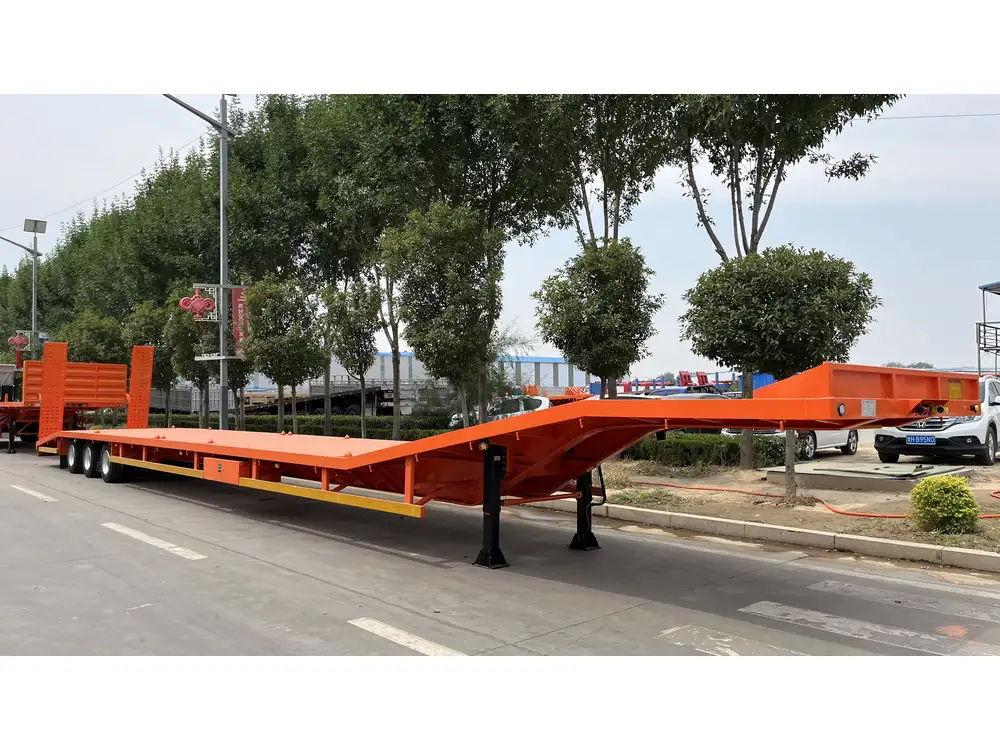
Typical Trailer Truck Width
Standard Width Specifications
The standard width of a trailer truck can vary based on several regional regulations but typically falls within the following parameters:
| Region | Standard Width (in feet) | Standard Width (in meters) |
|---|---|---|
| United States | 8.5 ft | 2.59 m |
| European Union | 8.6 ft | 2.60 m |
| Australia | 8.2 ft | 2.50 m |
These dimensions not only reflect the maximum allowable widths but also ensure that trailer trucks can efficiently navigate through highways and city roads while adhering to safety regulations.
Importance of Width in Trailer Truck Design

1. Load Capacity and Distribution
A wider trailer truck can often accommodate a greater volume of goods. This aspect is pivotal when considering industries that rely on bulk transport, such as agriculture, construction, and manufacturing. However, width must be balanced with the weight capacity of the axles and the overall design to prevent overloading.
2. Regulatory Compliance
Different jurisdictions have established specific regulations regarding truck dimensions, including width. Compliance is essential to ensuring safe transportation and avoiding hefty fines. For instance:
- In the United States, Federal Highway Administration (FHWA) guidelines set forth laws regarding truck dimensions.
- In Europe, EC directives dictate limits on vehicle sizes to enhance safety and reduce road wear.
Factors Influencing Optimal Width for Specific Uses
While the standard width provides a baseline, various factors dictate the optimal width for specific transporting needs:
Cargo Type
- Different goods require different configurations. For instance, when transporting bulky items such as machinery or construction materials, wider trailers may be more suitable.
Road Conditions
- In tighter urban environments, narrower trucks might be advantageous, while rural highways can accommodate wider loads more comfortably.
Aerodynamic Efficiency
- Wider trailers can affect fuel efficiency negatively due to increased air resistance; thus, manufacturers are increasingly designing streamlined models.
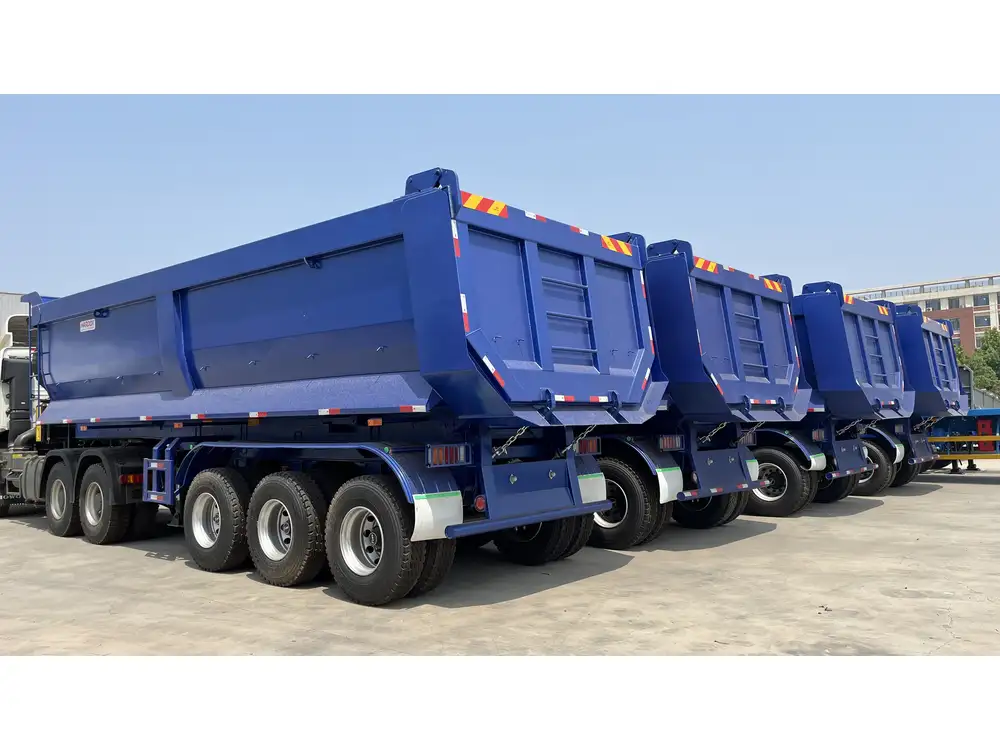
Alternatives to Standard Trailer Truck Widths
As the logistics industry evolves, alternative trailer truck designs are emerging to address specific needs:
1. Expandable Trailers
Expandable trailers offer a solution to those needing variable width depending on the load. These trailers can adjust their width for accommodating different cargo sizes, thus providing flexibility.
2. Multi-Axle Designs
Multi-axle trailers can support wider cargo while distributing the weight more evenly. This design is particularly useful for transporting heavy or oversized goods.
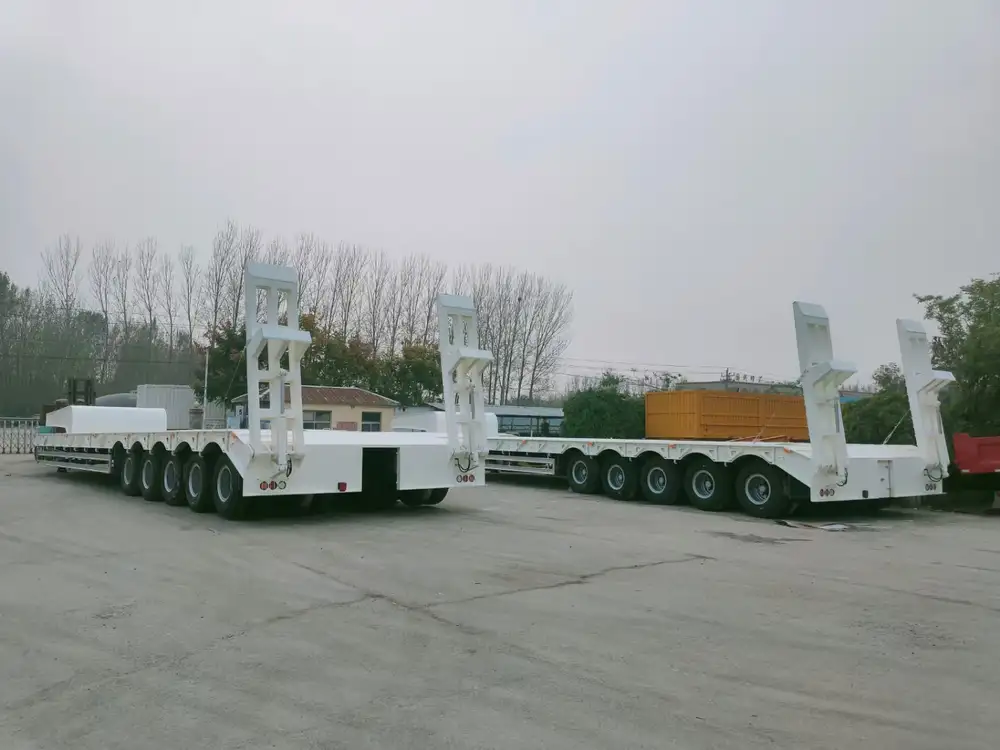
3. Custom-Built Trailers
Many logistics companies invest in custom-built trailers to accommodate their unique shipping requirements, especially for industries with specific dimensional needs.
Understanding Width vs. Length in Trailer Truck Design
While width is a critical dimension, understanding its relationship with length is equally important. The overall maneuverability, weight distribution, and regulatory compliance are influenced by both dimensions.
Maneuverability:
- Wider trailers might pose challenges when navigating tight turns or narrow roads, necessitating longer brake distances and careful driving.
Weight Distribution:
- The combination of width and length can significantly impact the truck’s ability to transport heavy loads without exceeding legal limits.
Safety Considerations for Trailer Truck Width
Safety is paramount when discussing trailer truck dimensions. The following aspects must be considered:
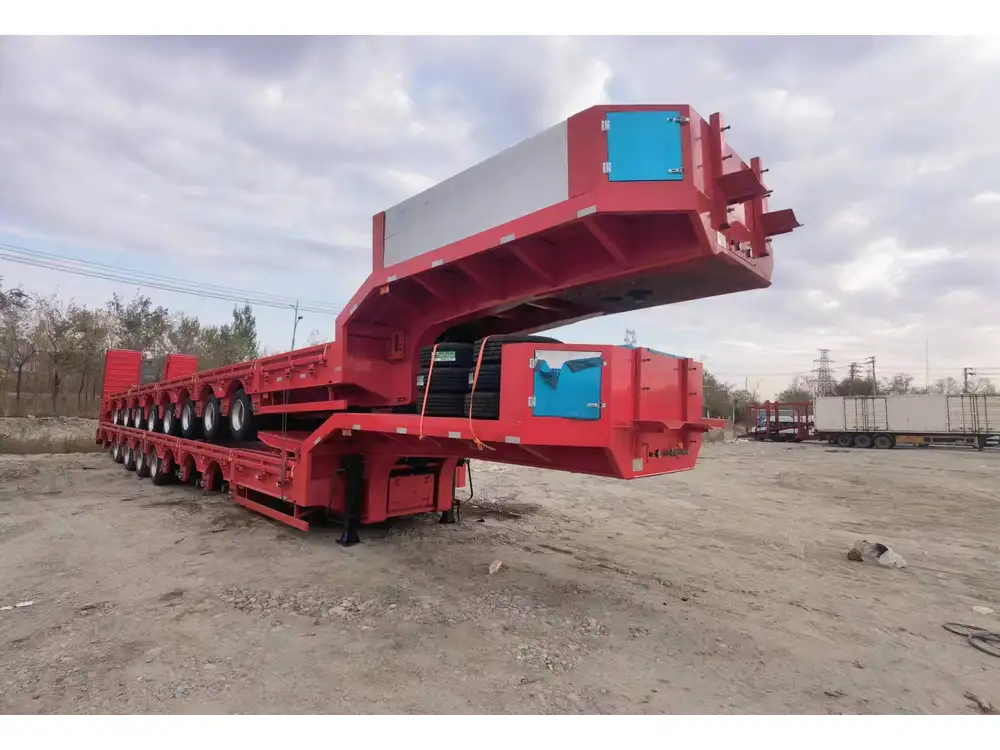
1. Visibility
Wider trailers can create blind spots, complicating visibility for drivers. This requires additional safety measures, such as wider side mirrors and attention to the vehicle’s environment.
2. Stability
Wider trucks may experience less lateral sway, enhancing stability, especially when turning. However, manufacturers must balance this with load height and the center of gravity.
3. Compliance with Road Markings
Wide trailers must align with road markings and follow proper lane usage, particularly in congested urban areas. Drivers should be well-informed about local regulations.
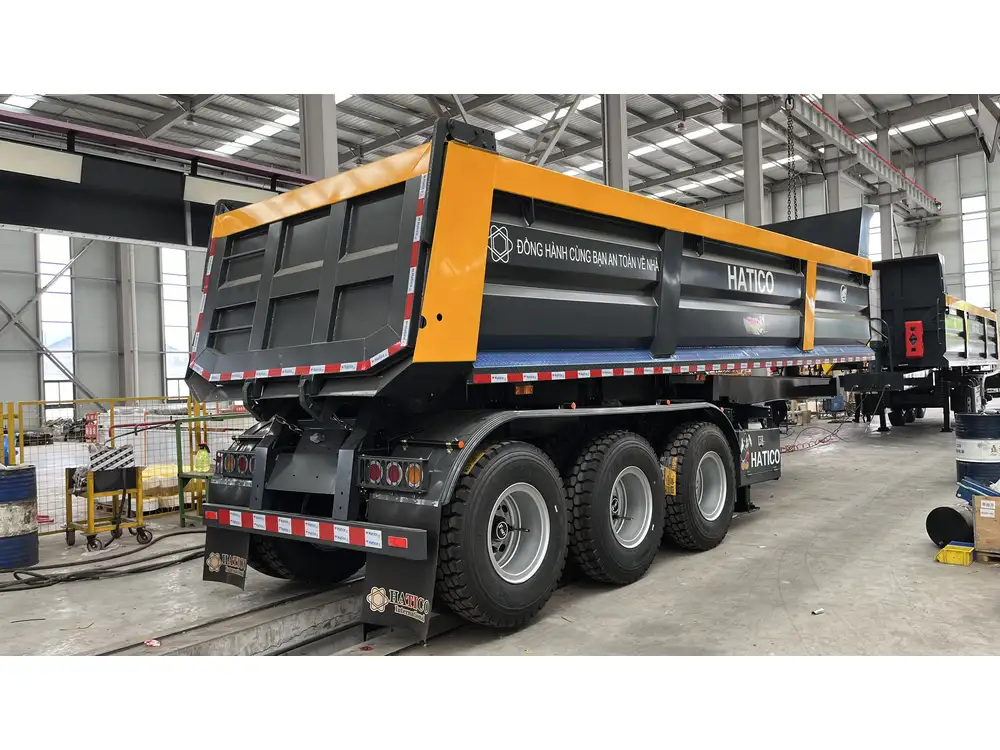
Common User Questions Regarding Trailer Truck Width
Addressing user questions can enhance awareness and understanding regarding trailer truck width:
How do width regulations vary by state?
Width regulations can differ significantly from one state to another. For instance, some states in the U.S. allow widths greater than 8.5 feet under specific permits. It is essential to check local transportation authority guidelines.
What are the penalties for exceeding trailer truck width limits?
Operating a trailer wider than the stipulated regulations can lead to fines, impounding of the vehicle, and increased insurance premiums. Compliance is not just about avoiding penalties; it is about operating safely.

Can modifications be made to increase my trailer’s width?
While modifications are possible, they often require extensive paperwork and re-testing to ensure compliance with safety regulations. Consulting with a professional engineer is advisable.
How do I determine the right trailer width for my needs?
Evaluating cargo type, delivery routes, and local regulations are critical in selecting the appropriate trailer width. Engaging with a logistics expert can provide tailored recommendations.
Conclusion
Understanding the width of trailer trucks is imperative not only for manufacturers but also for logistics and transportation professionals. Compliance with regulations, the diversity of cargo, and safety considerations create a complex web of considerations. By staying informed about standard widths, alternatives, and vehicle design, stakeholders can make educated decisions that enhance operational efficiency and safety.
For manufacturers looking to optimize their offerings, delving deeper into the interplay of width, cargo management, and cutting-edge design will ensure that they stay ahead in this competitive industry. Emphasizing creativity and innovation in trailer design, while adhering to the vital regulations surrounding width, will carve a pathway toward successful logistics solutions in an ever-evolving marketplace.



